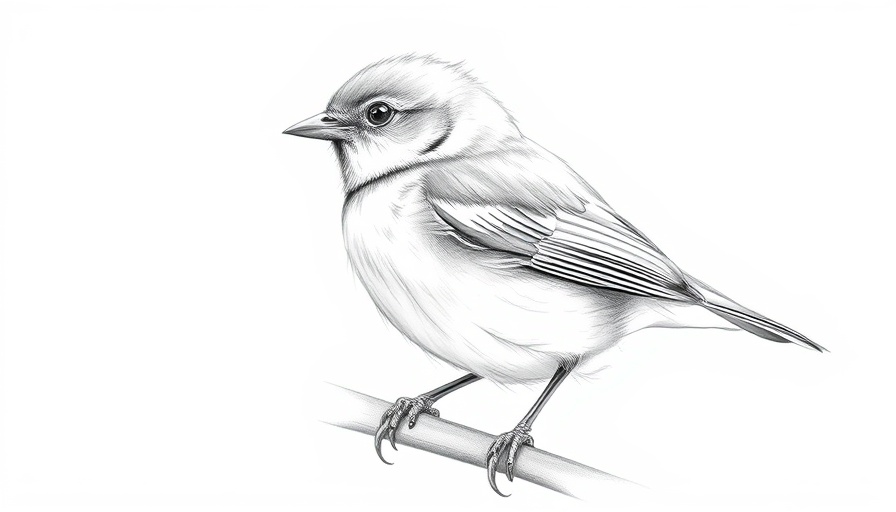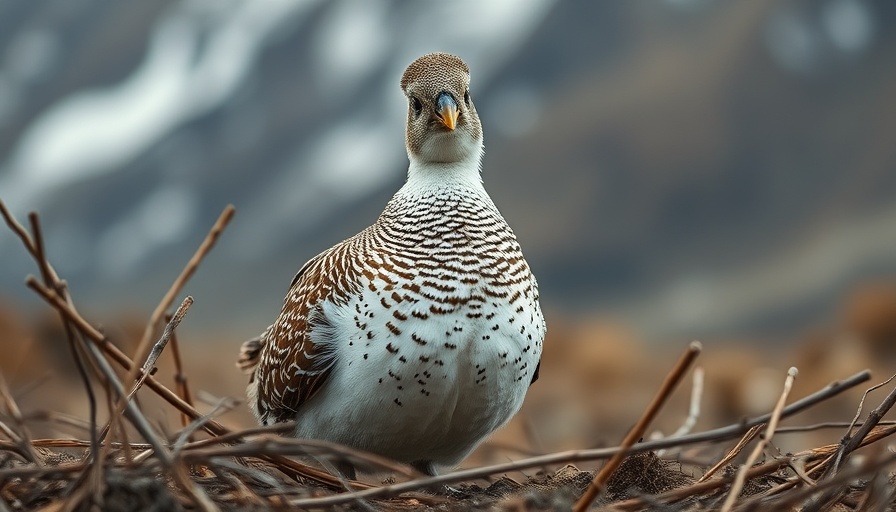
Discovering Birds Through Artistic Realism
For David Sibley, every brushstroke as an artist is not just aesthetic; it is a profound study of avian life. This passionate illustrator and author of The Sibley Guide to Birds has spent years observing birds in their natural habitats, honing his ability to translate their movements and nuances onto paper. He explains, “The drawing was so important to me, that there was never any question...of continuing to paint the birds. It’s how I study the birds.”
The Art of Observation: A Personal Journey
Sibley's artistic journey began with pencil sketches during countless hours spent birdwatching. He emphasizes the importance of connecting with his subjects—not only through observation but also through a synthesis of experiences, photographs, and museum visits. This meticulous approach ensures his paintings capture not just the physical characteristics of the birds but also their essence and habits.
Bringing Birds to Life: Techniques and Inspirations
As he prepares to create, Sibley gathers resources—sketches, photographs, and notes from museum studies—transforming them into an intricate tapestry of inspiration. “What I try to put into the painting is sort of a synthesis of all of the things that I’ve seen, all the things that I’ve learned,” he shares. This blend of experiences informs his approach and enriches the narrative he tells through art.
Celebrating Bird Artistry: Join the Excitement
Sibley’s upcoming bird illustration battle at BirdNote’s Year-end Celebration promises to showcase this dedication to avian artistry. Fans of birds and art alike can enjoy an exciting event where watercolor meets the wild—an opportunity to view his technique in real-time. There’s no better way to appreciate the nuance in bird illustrations than by witnessing the passion behind it.
Bird enthusiasts are encouraged to share their personal connections with birds and art. This engagement fosters a deeper community appreciation for the beauty of avian life.
 Add Row
Add Row  Add
Add 




Write A Comment